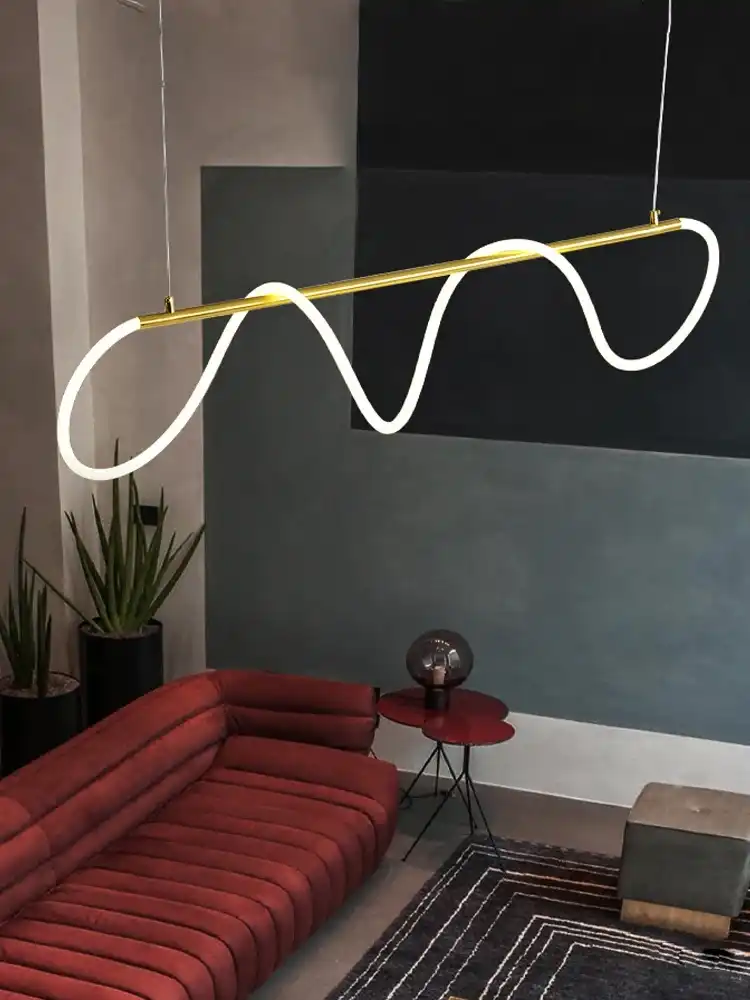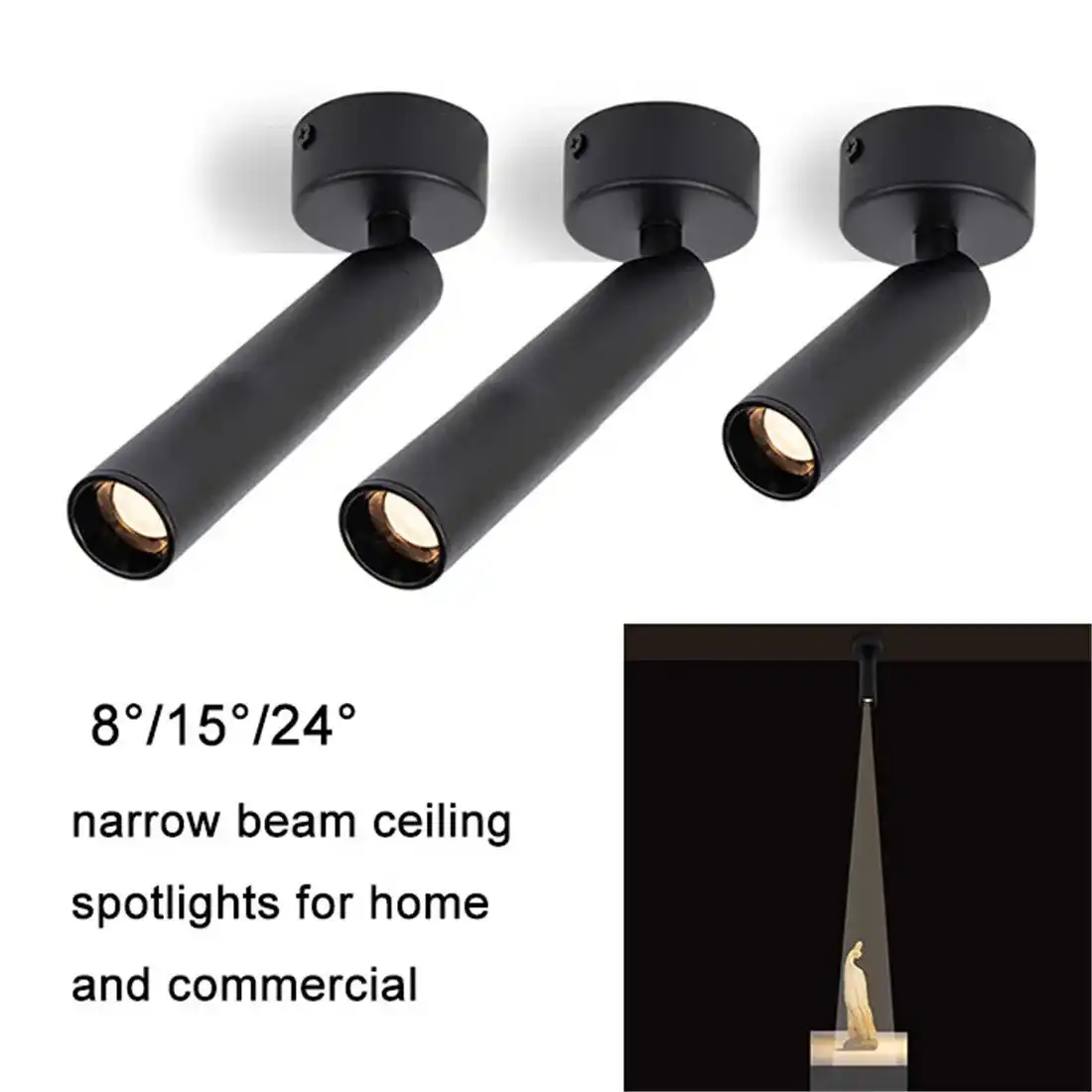How to Choose the Perfect Chandelier: Size, Style & Lighting Tips
Selecting the ideal chandelier for your space involves a delicate balance of size, style, and lighting considerations. To choose the perfect chandelier, start by measuring your room's dimensions and ceiling height. Consider the chandelier's purpose—whether it's for ambient lighting or as a statement piece. Match the chandelier's style to your existing decor, keeping in mind materials, finishes, and overall design aesthetic. Pay attention to the light output and bulb types to ensure adequate illumination. Lastly, factor in your budget and maintenance requirements to make a well-informed decision that will enhance your space for years to come.

Determining the Right Size and Placement for Your Chandelier
Calculating Chandelier Dimensions
When it comes to choosing the perfect chandelier, size matters. A chandelier that's too large can overwhelm a room, while one that's too small may look insignificant. To determine the ideal size, start by measuring your room's length and width in feet. Add these numbers together and convert the sum to inches—this will give you the approximate diameter for your chandelier. For example, if your room is 12 feet by 14 feet, the ideal chandelier diameter would be about 26 inches.
For dining rooms, a more specific rule applies. Measure the width of your dining table and subtract 12 inches. This calculation provides the maximum diameter for your chandelier. Remember, the chandelier should be at least 12 inches narrower than the table to prevent guests from bumping their heads.
Optimal Hanging Height
The height at which you hang your chandelier is crucial for both aesthetics and functionality. In dining rooms, the bottom of the chandelier should hang 30-36 inches above the table surface. For chandeliers in living rooms or entryways with high ceilings, a good rule of thumb is to hang the fixture 2.5-3 inches higher for each additional foot of ceiling height above the standard 8 feet.
In two-story foyers or great rooms, position the chandelier so it can be seen from both levels. Typically, this means hanging it at or slightly below the second-floor landing. Always ensure that the bottom of the chandelier is at least 7 feet above the floor to allow for comfortable clearance.

Selecting the Perfect Style and Design
Matching Your Interior Decor
Your chandelier should complement your existing decor while making a statement. For traditional interiors, consider crystal or candle-style chandeliers with ornate details. Modern spaces benefit from sleek, minimalist designs with clean lines and geometric shapes. Transitional styles bridge the gap between traditional and contemporary, offering versatility in design.
Consider the materials and finishes in your space. If your room features warm wood tones, opt for a chandelier with brass or gold accents. For cooler color schemes, brushed nickel or chrome finishes work well. Don't be afraid to mix metals for a more eclectic look, but ensure there's a cohesive element tying the design together.
Innovative Chandelier Designs
Today's chandelier market offers a plethora of innovative designs that go beyond traditional crystal and candle styles. Sputnik chandeliers, inspired by mid-century modern aesthetics, feature multiple arms extending from a central sphere. Linear chandeliers provide a contemporary twist, perfect for long dining tables or kitchen islands. For a more organic feel, consider chandeliers made from natural materials like wood, rattan, or even recycled materials.
Smart chandeliers are gaining popularity, offering features like dimmable LED lights, color-changing capabilities, and voice control integration. These high-tech options allow you to customize your lighting experience and create different moods with ease.
Optimizing Lighting and Functionality
Understanding Light Output and Distribution
The primary function of a chandelier is to provide illumination, so it's essential to consider light output and distribution. The total lumens (a measure of light output) should be appropriate for the room size and function. As a general guide, dining rooms typically require 3,000-4,000 lumens, while larger living spaces may need 5,000-10,000 lumens.
Pay attention to how the light is distributed. Some chandeliers direct light upwards, creating ambient illumination, while others focus light downwards for task lighting. Multi-tiered chandeliers often provide a combination of both. Consider layering your lighting with additional fixtures like wall sconces or table lamps to create a well-balanced lighting scheme.

Energy Efficiency and Bulb Selection
Opt for energy-efficient LED bulbs in your chandelier to reduce energy consumption and minimize the need for frequent bulb replacements. LED bulbs come in various color temperatures, measured in Kelvins (K). For a warm, inviting atmosphere, choose bulbs in the 2700K-3000K range. Cooler temperatures (3500K-4000K) work well in kitchens or workspaces.
Consider the Color Rendering Index (CRI) of the bulbs, which indicates how accurately they display colors. A CRI of 90 or above is ideal for showcasing artwork or interior design elements. Dimmable bulbs offer flexibility, allowing you to adjust the light intensity to suit different occasions or times of day.
Maintenance and Cleaning Considerations
When selecting a chandelier, think about long-term maintenance. Crystal chandeliers, while stunning, require regular cleaning to maintain their sparkle. Simpler designs with fewer decorative elements may be easier to keep dust-free. Consider the accessibility of the bulbs for replacement—chandeliers with enclosed shades may be more challenging to maintain than open designs.
For high ceilings, look for chandeliers with a lift system that allows you to lower the fixture for cleaning and bulb replacement. Alternatively, invest in a chandelier cleaning kit with an extendable pole to reach high fixtures safely.
Conclusion
Choosing the perfect chandelier involves careful consideration of size, style, and lighting requirements. By following these guidelines, you can select a chandelier that not only illuminates your space beautifully but also serves as a stunning focal point in your home. Remember to measure your space accurately, consider your existing decor, and think about long-term functionality and maintenance. With the right chandelier, you can transform any room into a sophisticated and well-lit haven.
If you're looking for expert guidance on choosing the perfect chandelier or exploring innovative lighting solutions, don't hesitate to reach out to the USKYLED team. Our lighting specialists are ready to assist you in finding the ideal chandelier for your space. Contact us at sales@uskyled.com for personalized recommendations and top-quality lighting options.
References
1. Smith, J. (2022). The Art of Chandelier Selection: A Comprehensive Guide. Lighting Design Quarterly, 45(2), 78-92.
2. Johnson, L. & Brown, M. (2023). Illuminating Spaces: Modern Chandelier Trends and Technologies. Home Decor Today, 18(4), 112-128.
3. Williams, R. (2021). The Science of Light: Understanding Lumens, Color Temperature, and CRI. Journal of Interior Lighting, 33(1), 45-60.
4. Chen, H. & Davis, K. (2023). Energy-Efficient Lighting Solutions for Residential Spaces. Sustainable Home, 7(3), 201-215.
5. Thompson, E. (2022). Maintenance and Care of Luxury Light Fixtures. Architectural Lighting Magazine, 29(6), 88-96.

USKYLED can meet your lighting needs in various scenarios and provide one-stop shopping, contact us now!

Why You Should Choose USKYLED?
![What is Dimmable Track Lighting for Museum: Best Guide [2025]](/icms/upload/0d08cc601e7611f0b542b3ca0c0f4a83/pic/knowledgemanager-knowledgepic/e7879f32605f11f081911f363b8c1ed0/Directory/20250717 dimmable track lighting -1(1)_1752739217941.webp)

